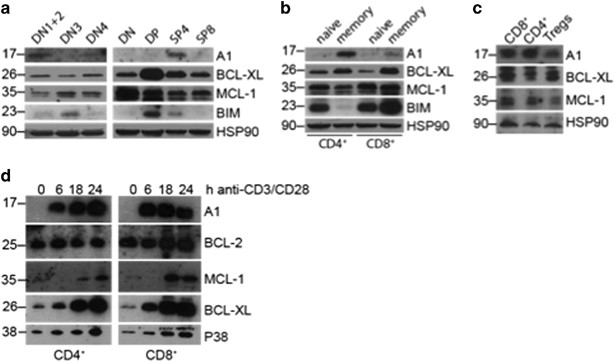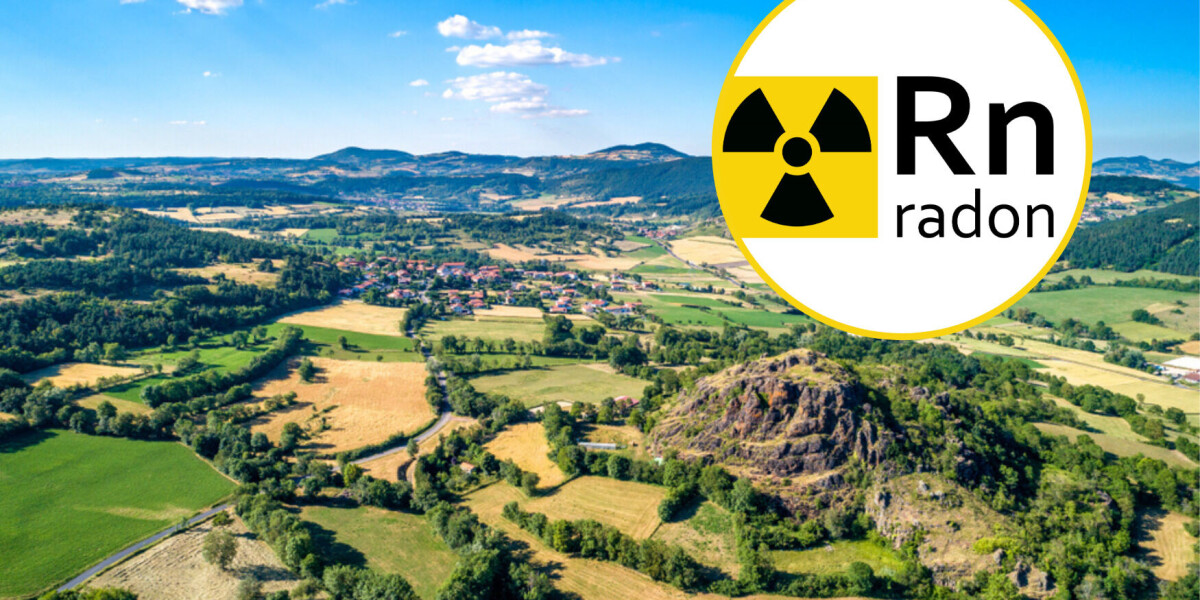
- Select a language for the TTS:
- UK English Female
- UK English Male
- US English Female
- US English Male
- Australian Female
- Australian Male
- Language selected: (auto detect) - EN
Play all audios:
The late Cuban author Alejo Carpentier stated that in the everyday reality of Latin America one finds myriad examples of the “marvelous real.” Those cases where the illogical has become
logical, where people are transfigured into animals, where myth, fact and fiction share a common ground, this is the region of Carpentier’s the “marvelous real” and the region where French
historian, Serge Gruzinski, found the subject of the Mexican man-gods. Gruzinski has taken an unorthodox, speculative, creative path away from classical historiography to the study of the
intra-history, the popular culture, of the marginalized Indian population of central Mexico during different eras of colonial Mexico. His sources are not the official histories written by
the well-educated nobles or clergymen of the time; instead, he relies on the testimonies of Indian peasants who lived at different stages of the colonial period and who declared themselves
“man-gods” or the incarnation of a god or gods. These man-gods and their followers were accused of idolatry and witchcraft and doomed by the Inquisition. Gruzinski deconstructs these
documents to reveal the dynamics of indigenous acculturation as Indian and Christian mythologies merge in the Indian’s syncretic world view. The author analyzes four cases of man-gods:
Andres Mixcoatl, 1537; Gregorio Juan, 1659; Juan Coatl, 1665 and Antonio Perez, 1761. Gruzinski describes their individual biographies, discussing the qualities that enabled these men to
rise above the colonial repressive society and lead a subversive cultural resistance. The man-gods attempted to understand and overcome the profound changes that were crushing their society,
and by overtly doing so they became centers of power that directly challenged the Catholic Church and the Spanish administration. Gruzinski includes the man-gods’ testimonies, which offer
the reader a rare look into Indian thinking and a critique of colonial society. Andres Mixcoatl describes his deification, “My name is Andres. I am a Christian. . . . I often preached in
plain daylight at Tulancingo, Huayacocotla, Tututepec, Apan and many other places. It was at Tepehualco, about four years ago, that I became a god.” Later Andres states: “In all the places
where I spoke, and in many others, I preached to the ‘macehuales’ that if they did not recognize me as god, they would die, that I would bring down hail and frost to make them all perish.
They ought not, therefore, to believe the friars, but rather what I told them. The rest was only deception.” The juxtaposition of Gruzinski’s thoroughly engaging poststructuralist analysis
with the man-gods’ actual testimonies creates in his history a quality of fiction. An extra dimension is Gruzinski’s study in that he has captured the idea that in Mexico, and in Latin
America in general, history and fiction enhance one another, that somehow history creates fiction and fiction creates history. This reviewer’s opinion is that Gruzinski’s examination of the
Mexican past through the eyes of mystic warriors may be understood as an allegory of time that examines the past and the future of Mexico, not the apocalyptic future that Carlos Fuentes
foresees, but one that holds the promise of more man-gods. The author puts forth Emiliano Zapata, the _ caudillo _ of the Mexican Revolution, and asks whether Zapata was the last man-god.
Gruzinski has demonstrated by using concrete cases how Indian cultures constantly change and survive by re-creating their own traditions and how marginalized societies, in order to construct
a new identity, create new syncretic cultural forms. Although at times the translation suffers from meandering sentences, the text is an altogether intriguing voyage with the man-gods,
through their places, peoples and times. MORE TO READ








